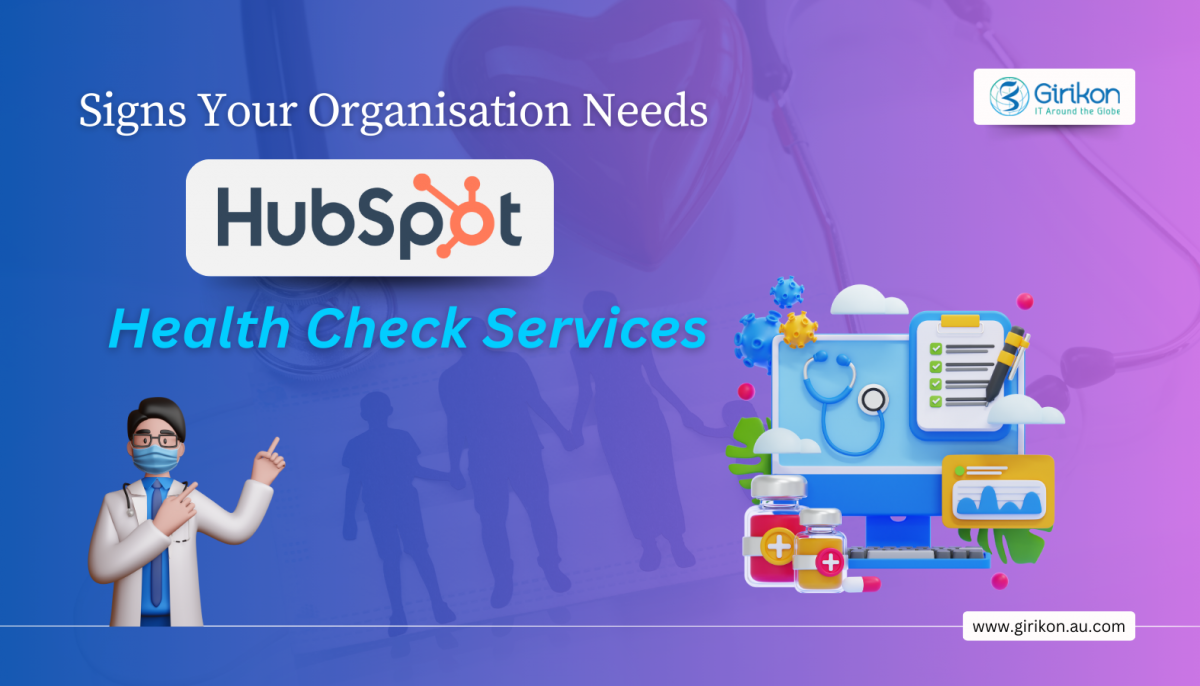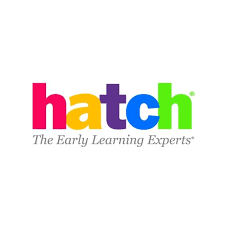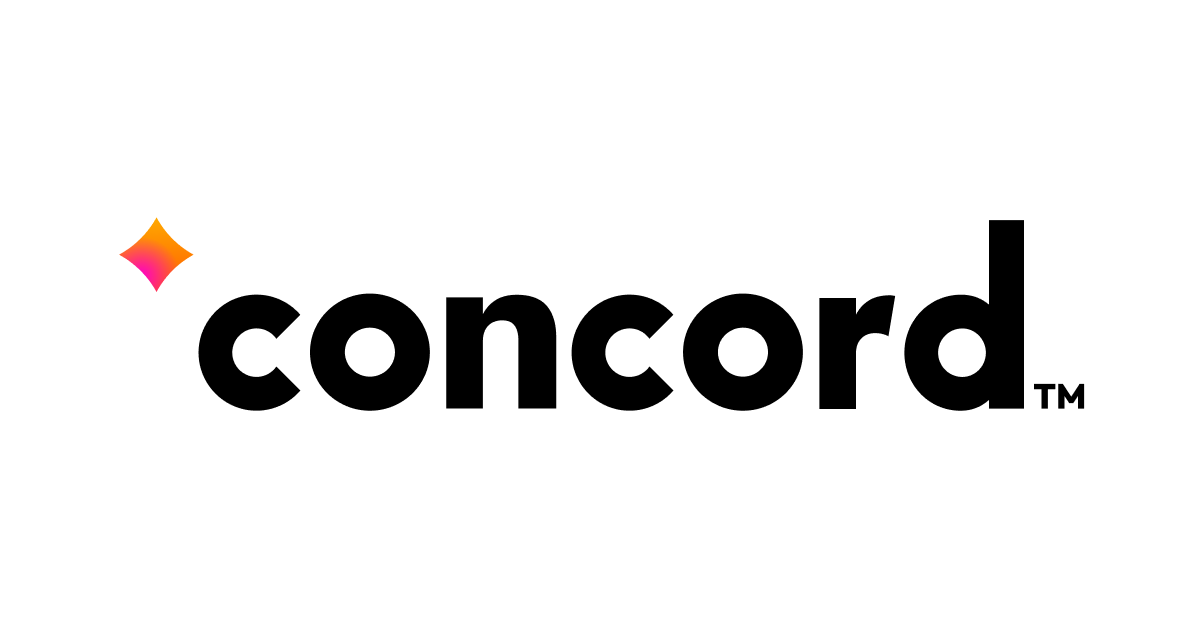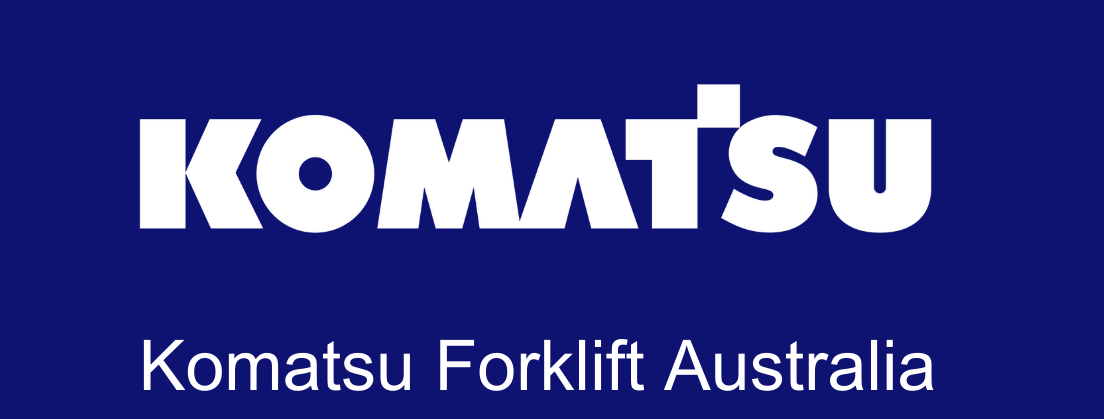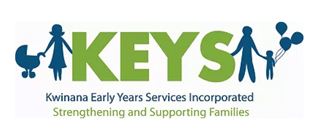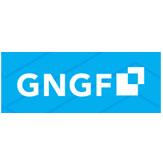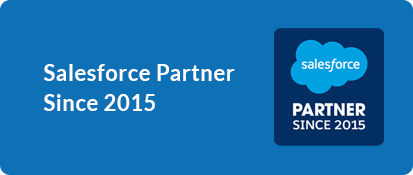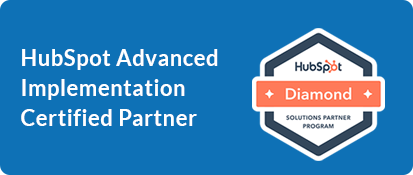Our Blogs
The economic instability following the Covid-19 pandemic has significantly impacted the higher education industry. As the higher-education sector strives to recover from the aftermath of the pandemic, institutions are experiencing lower enrollment and student retention rates. With this, institutions have realized the significance of technology investments in the education sector.
One such revolutionary technology that has revolutionized the education sector is Salesforce – a cloud-based CRM that empowers educational institutions to capture 360-degree views of constituents across faculty and staff, alumni, prospective and current students, and partnerships, which encompasses the entire constituent lifecycle. Prior to using Salesforce, educational institutes relied on point solutions, lacked an enterprise-level, centralized platform, and used a domestic database for tracking student data, which led to a lack of data visibility and consistency across various departments.
Consequently, institutions failed to access the data for valuable insights across departments, and faculty and staff failed to complete recruitment-related tasks and struggled to evaluate the applicant and donor interest and preserve valuable data. Additionally, students also failed to receive holistic support and messaging, which negatively impacted retention and enrollment rates besides donor relationships.

Significance of investing in Salesforce Education Cloud
After implementing Salesforce, higher-education institutes were able to ensure the following:
- Automate manual processes while helping recruitment teams execute all the tasks more effectively.
- Staff and faculty were able to access newly democratized data-driven insights such as rate of conversion and student journey maps.
- Students were able to serve themselves and get timely and better responses to inquiries, which increased retention.
Benefits of Implementing Salesforce for Higher Education Institutes
Improved Student Experience: With Salesforce for Education, Institutions can communicate with students consistently about financial aid and enrollment. Additionally, it creates digital resource hubs to support students' academic wellness, offers a single point of contact for student inquiries, and enhances end-to-end usability throughout the application to alumnus lifecycle, which is related to student retention.
Increased Enrollment: Salesforce enables the institution to increase enrollment in hybrid and online learning, follow up quickly with potential students, gain visibility into conversion rates, and gauge the interest of prospects through email engagements and records of on-campus visits while assisting students with the application process. All this has led to an influx and enrollment of new students, which ultimately lead to an increase in ROI and improved bottom line.
Targeted marketing efforts: This leads to budgeting efficiencies. New insights and better segmentation were revealed through data analysis with the usage of AI and intelligent reporting. This made it possible for the institutions to focus their efforts on the interest level of students, which reduced the costs associated with advertising and marketing.
Process standardization: Implementation of Salesforce leads to the standardization of processes, which paves the way for cross-team collaboration. Apart from this, the availability of a centralized platform provided standardized templates and forms and decreased friction that was counterproductive.
Improved Networking of Peers and Mentors: Implementing Salesforce enabled organizations to implement fresh strategies. This includes giving students the chance to discuss their individual class or internship experiences with a network of classmates, professors, and mentors.
License and Support Savings: Salesforce enables composite institutions to withdraw a range of redundant point solutions across various departments. Institutions are able to drive savings by avoiding the cost of licensing and reallocation of IT resources to maintain legacy systems.
Final Words:
Salesforce is essential for managing and expanding the constituent base in the higher education sector. In order to facilitate a 360-degree view across the constituent lifecycle, a multi-org strategy should be implemented to deliver constituent service and evaluate constituent interaction. Being an incredible platform, it has empowered organizations to become future-proof as it is possible to do anything once you get the architecture and data structure right.

 +61-1300-332-888
+61-1300-332-888 +1-480-382-1320
+1-480-382-1320